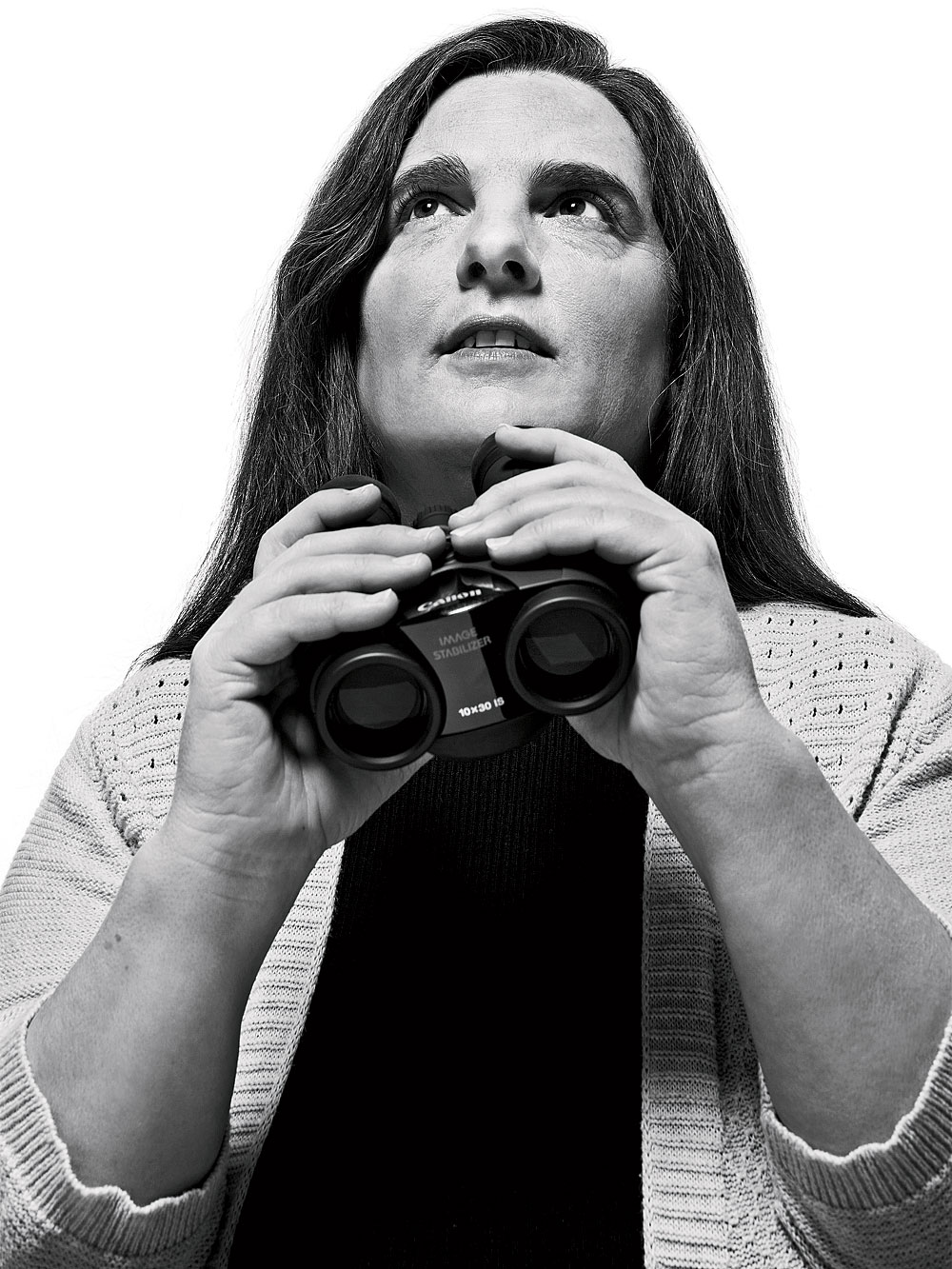When Mary Hennen joined the fledgling Chicago Peregrine Program in 1989, the bird of prey was on the U.S. endangered species list. Experts viewed its Midwestern survival as a particular long shot. The insecticide DDT had reduced the population so dramatically that no living chick was produced in Illinois between 1951 and 1988. Even after DDT was banned in the 1970s, recovery was brutally slow. Scientists began to fear that the cliff dwellers, which can clock an amazing 200 miles per hour when hunting other birds, might never return to the Midwest.
Hennen helped bring them back. After she took over the Chicago Peregrine Program in 1990 (she folded it into the Field Museum, where she works, in 2000), the species began to slowly rally; by last year, the number of Illinois pairs had climbed to 20. How’d she do it? Hennen cultivated nesting programs on ledges of Loop high-rises, the Uptown Theatre, and the Evanston Public Library. Turns out that Chicago is an ideal spot for the high-altitude lovers—skyscrapers are just manmade cliffs, after all—and the region offers an abundance of one of the peregrine’s favorite meals: pigeons. She also launched online spycams as a way to stoke local interest in the birds, which tend to their nests and raise chicks in the area from about April to July (go to fieldmuseum.org/explore/illinois-peregrines).
In 25 years on the beat, Hennen and her crew have tagged 300 Illinois birds. It’s been a long process, perfect for someone of her temperament, says John Castrale, a biologist with the Indiana Department of Natural Resources. “Mary is the sort of even-keeled person you would expect to get the job done,” he says.
“There’s a lot of satisfaction in seeing birds be able to nest and breed naturally,” says Hennen, who keeps on her desk a few odds and ends from peregrine nests. One is a green parakeet feather—evidence that the birds have found plenty to snack on in Chicago.



